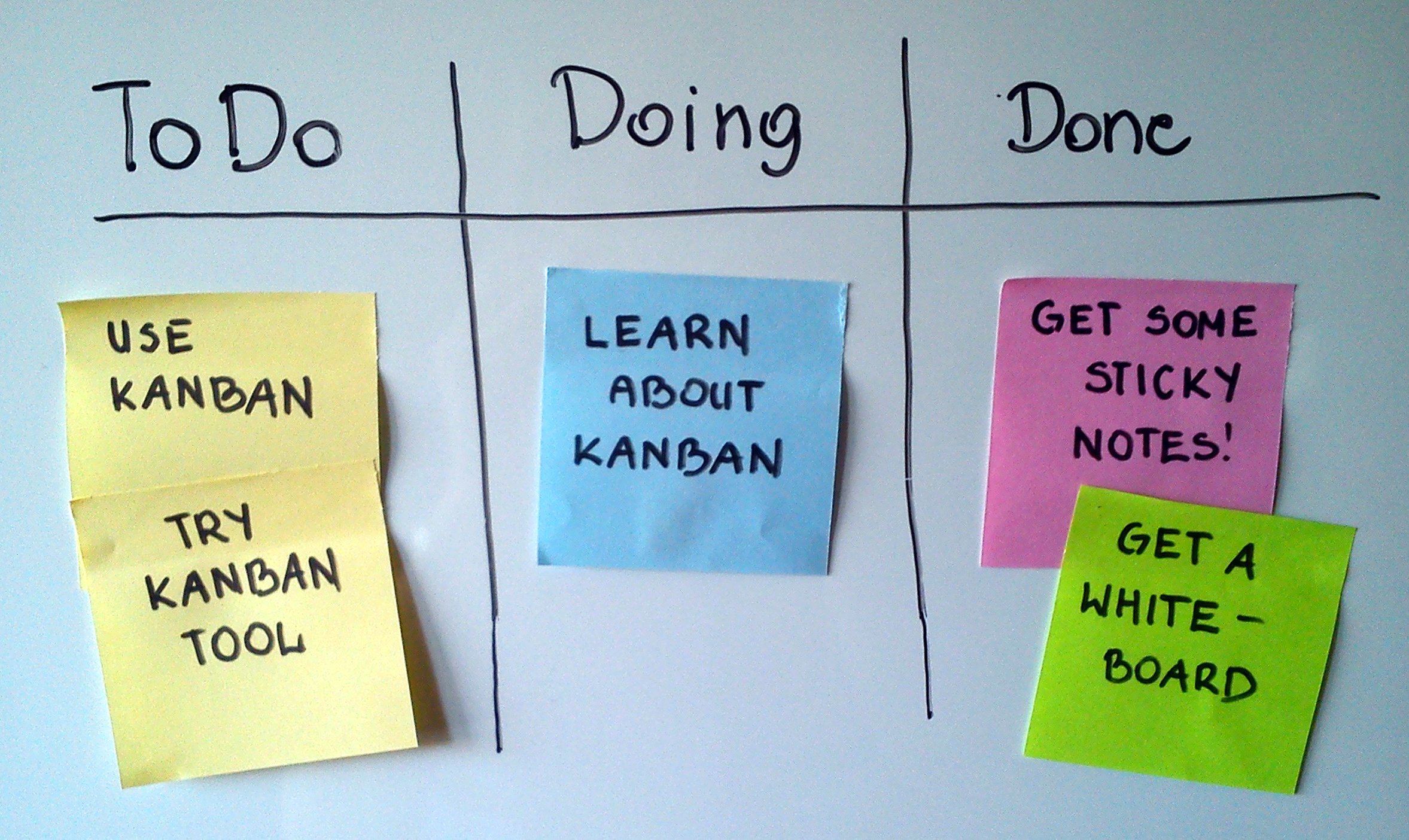Metoda 5 Whys. Rozwiązuj problemy pytając dlaczego?
Sposobem na skuteczne rozwiązanie problemu jest poprawna identyfikacja jego przyczyny. Technika 5 Whys jest prostym, ale potężnym narzędziem pozwalającym dotrzeć do źródła problemu. czytaj dalej
Let's Manage IT organized their second annual conference for IT managers. The three main streams of this year’s conference were:
→ Culture and Leadership in the digital age
→ Closing the gap between IT and the Business
→ Emerging technologies and frameworks
The first day - ‘Gear-up day’ - was a series of hands-on workshops. GamingWorks a partner of Let's Manage IT facilitated two ABC (Attitude, Behavior, Culture) workshops exploring ‘How Customer focused is your organization’? which would focus on aspects relating to all 3 streams.
We used the ABC of ICT cards to conduct two separate Exercises.
→ Which of these ABC ‘Worst Practice’ cards would your Customer choose if asked? Cards which represent the 3 issues that the customer wants IT to solve?
→ What is the TOP card, based upon negative impact on Value, Outcomes, Costs, Risks?
→ Which ITIL Practitioner guiding principle wasn’t addressed that was a contributing cause for this worst practice card?
→ Which bits of ITIL (or another ITSM framework) would help solve this?
This exercise was in fact a practical CSI exercise which raised improvement areas to take away and work on!
Now that you have identified some improvements to take away, from exercise 1:
→ ‘Which resistance do you see, or do you expect to see when trying to deploy these improvements’?
→ ‘Who needs to display ‘which behavior’ to circumvent, or deal with this resistance?
These were the top cards chosen during Exercise 1:
→ No understanding of business impact & priority (Global number 1 for the last 15 years with more than 3000 organizations).
→ Neither partner makes an effort to understand the other.
→ Everything has the highest priority according to the business.
→ No respect for or understanding of users.
→ Throwing (ITIL) solutions over the wall and hoping people will follow them.
We explored the definition of Service: ‘A Service is a means of delivering Value to Customers by realizing Outcomes they want to achieve without the ownership of specific Costs and Risks’.
‘What is the TOP card chosen? How to decide? Which card has the most negative impact on VOCR, and what is this impact’?
These are the impact findings:
→ Critical value not realized on time
→ Wasting Money & resources on lower value initiatives
→ Increased business risk of not achieving desired Value and Outcomes because of poor resource scheduling
→ IT going wrong direction
→ Doing the wrong things (non value added) and doing things wrong (how we prioritize)
→ Loss of Customer trust
→ IT not perceived as added value
→ Poor customer satisfaction
→ Losing money
It was clear that the ABC cards chosen represented an unacceptable business risk.
We then explored the ITIL Practitioner guidance. ‘Which ITIL guiding principles were not adequately addressed, which may be the cause of these cards being chosen’?
→ Lack of ‘Focus on Value’.
→ Design for experience – need to ensure solutions matched to business NEEDS.
→ Lack of ‘Transparency’ in terms of answering the ‘Why’ question. Why are we doing ITIL? How does it contribute to value? What does it mean for me? Lack of Transparency in Priorities.
→ ‘Observe directly’- or ‘Go to Gemba’ -to gain a better understanding of how value is created or where value leaks. Gather facts and figures not assumptions.
→ ‘Collaboration’. The need for end-to-end collaboration to include the business (in process and service improvements), and collaborate when designing ITSM solutions, ensuring they are fit-for-use and fit-for-purpose.
→ We finally explored ‘Which bits of ITIL (or other practice) may help to solve the cards chosen’?
Card: ‘It has too little understanding of business impact and priority’,
Card: ‘Neither partner makes an effort to understand the other’
→ Common understanding of how to set priorities (BRM can give better business understanding)
→ Clear escalation (decision making paths) – including business accountabilities
→ Monthly priorities review
→ Service Portfolio management to gain a better understanding of business initiatives and value
→ Improved change prioritization at tactical level
→ Improved understanding of business impact of outages and priority mechanism aligned to this
→ RACI to include business responsibilities at strategic, tactical and operational levels and interfaces with ITSM
→ BIA (Business Impact Analysis) – related to business cycle times (when is something important) and impact on value
→ BRM to build strategic relationship and gain business trust, also to gather and share business intelligence (business unit strategy, goals, initiatives, value)
→ Feed VOCR agreements into Service Design
Card: ‘No respect for or understanding of Users’
→ Go to ‘Gemba’ (Observe Directly) – have IT people go and see how Users consume services and how they contribute to value or are a barrier to realizing value
→ Ensure all priority mechanisms are related to ‘business value and impact’
→ Validate customer perception during ALL customer contact moments. E.g:
An interesting discovery was the fact that the ABC card chosen, and its impact were seen as ‘Unacceptable business risks’, but when asked if the teams were ALREADY working on the ITIL aspects they recognized, only 3 out of the 18 people were doing so! Which shows a mismatch between ITIL deployment and business needs.
One experienced ITIL delegate immediately phoned his CIO and requested to attend an ITIL practitioner training, revealing how ITIL practitioner is equally relevant for ITIL experts to gain new skills.
All teams recognized the need for BRM and how this adds value to ITSM. However there is a low uptake of BRM and clarity of how it interacts with the IT Service Manager role.
There was a recognition that some of the issues relating to ‘time to market’, ‘delays caused by changes’ cannot be resolved easily with ITIL. This is where other frameworks need to be explored such as ‘Agile’ and ‘DevOps’.
CSI was recognized as a core capability but only 3 out of 18 had formalized CSI.
The exercise had helped:
→ create awareness for the hidden ABC Iceberg.
→ understand the need to ‘Focus on Value’ - in terms of Value , Outcomes, Costs, Risks.
→ ‘Design for experience’ – identify how an ITIL improvement needs to focus on ‘Business and Customer’ recognized issues. Not on an internal ITIL choice of ITIL improvements.
→ Raise awareness for combining frameworks.
→ The importance of collaboration throughout the end-to-end chain.
→ How CSI, and this type of collaborative CSI are core capabilities for IT organizations in moving forward.
We the explored types of resistance the team experiences or is likely to experience when they try to adopt and deploy the improvements they identified in Exercise 1. Below are the top 2 cards chosen by the 5 teams:
Card: ‘No management commitment’
‘What needs to be done to gain, and retain management commitment for these improvements’?
→ Selling the idea in terms of Value, Outcomes, Costs, Risks. Using messages that fit needs of the manager (his/her key drivers. Sense-of-Urgency? Vision?).
→ Observe directly: to gather facts and figures (from business, users AND IT to show current impact on VOCR). Explain the problem in a fact based way.
→ Design for Experience: engage with business to design and agree solution. Get Business buy-in and commitment to show management.
→ Focus on value: agree with managers CSF’s and KPI’s that will demonstrate progress create Quick-wins to show progress and maintain buy-in.
→ Tranparency: show reports and metrics that indicate VOCR being achieved.
→ Explain what commitment looks like (what behaviour can managers display that demonstrates commitment. E.g. attend change meeting, confront other managers on behaviour, clearly walk-the-talk).
→ Propose ‘Gemba walk’ have managers see problem and impact and need for solution.
→ Show risk of change without commitment, what the consequences can be/are.
→ Everybody should communicate to managers in a way that demonstrates they are focusing on value (show they understand business goals and drivers and how their work/improvement suggestions contribute to this).
→ Use business ‘peer’ pressure to convince IT management. E.g: The need for effective BRM.
→ Use Benchmarking.
→ Show what competitors are doing and how this impacts their results.
Card: ‘Never mind about following procedures, just do what we normally do’
→ Ensure people understand the ‘why’ question and how the new way of working impacts Value.
→ Observe who and why people circumvent – check ‘fit-for-use’? and ask for suggestions.
→ Keep it simple and collaborate with end-to-end teams when designing new processes. Don’t make them too bureaucratic or complex – always check ‘fit-for-use, fit-for-purpose’.
→ If procedures are not ‘fit-for-use’ redesign. Apply ongoing CSI. Engage ALL in improvement suggestions.
→ Be transparent, encourage, show value.
→ Answer the question ‘what is in it for me’.
→ Show impact of not following (in terms of business and customer impact, as well as impact on upstream/downstream work).
→ ‘No blame culture’ focus on ‘what can we do to stop it from happening again’?
The delegates were asked ‘Who will now go away and use this’? – look forward next year to some practical presentations on what delegates di and the difference it made on value, Outcomes, Costs and Risks.
Other examples of using the ABC cards:
CEO asks ‘Why wasn’t this a Keynote’?
Using the ABC cards with the Board
Using the cards to engage with the Users – ITIL Practitioner
Cases using Business simulations
Dealing with ABC head on – using ABC and a business simulation game to create buy-in, gain commitment and empower teams to make improvements
Zostaw swój email, a będziemy regularnie informować Cię o nowych artykułach.

Sposobem na skuteczne rozwiązanie problemu jest poprawna identyfikacja jego przyczyny. Technika 5 Whys jest prostym, ale potężnym narzędziem pozwalającym dotrzeć do źródła problemu. czytaj dalej

Jak wykorzystać tablice kanban do zarządzania projektem? Jak wizualizować i zarządzać projektem na przykładzie Trello. czytaj dalej

Kepner-Tregoe to cztery procesy racjonalnego myślenia, które pokazują jak skutecznie rozwiązywać problemy i podejmować lepsze decyzje. czytaj dalej

Co powoduje, że kontakt z Service Desk'iem może być bardziej profesjonalny? Jakie proste zabiegi można zastosować by usprawnić codzienny kontakt z SD. czytaj dalej